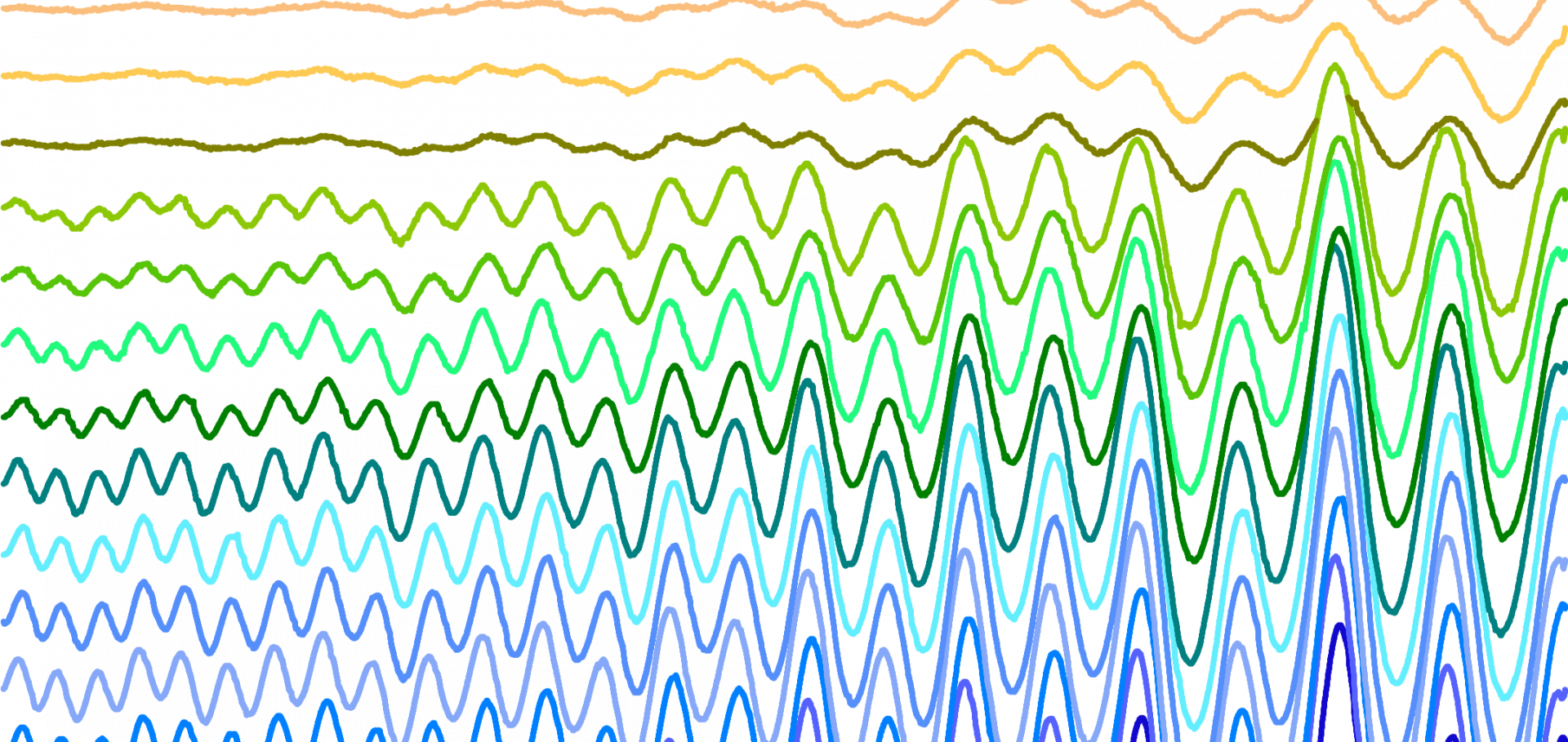Publisher’s Note: Dichotomy between the Hole and Electron Behavior in Multiband Superconductor FeSe Probed by Ultrahigh Magnetic Fields [Phys. Rev. Lett. 115, 027006 (2015)]
Physical Review Letters American Physical Society (APS) 115:21 (2015) 219902
Suppression of orbital ordering by chemical pressure in FeSe1-xSx
(2015)
Suppression of orbital ordering by chemical pressure in FeSe1-xSx
Phys. Rev. B 92, 121108(R) (2015) (2015)
Abstract:
We report a high-resolution angle-resolved photo-emission spectroscopy study of the evolution of the electronic structure of FeSe1-xSx single crystals. Isovalent S substitution onto the Se site constitutes a chemical pressure which subtly modifies the electronic structure of FeSe at high temperatures and induces a suppression of the tetragonal-symmetry-breaking structural transition temperature from 87K to 58K for x=0.15. With increasing S substitution, we find smaller splitting between bands with dyz and dxz orbital character and weaker anisotropic distortions of the low temperature Fermi surfaces. These effects evolve systematically as a function of both S substitution and temperature, providing strong evidence that an orbital ordering is the underlying order parameter of the structural transition in FeSe1-xSx. Finally, we detect the small inner hole pocket for x=0.12, which is pushed below the Fermi level in the orbitally-ordered low temperature Fermi surface of FeSe.Dichotomy between the hole and electrons behavior in the multiband FeSe probed by ultra high magnetic fields
Phys. Rev. Lett. 115, 027006 (2015) (2015)


